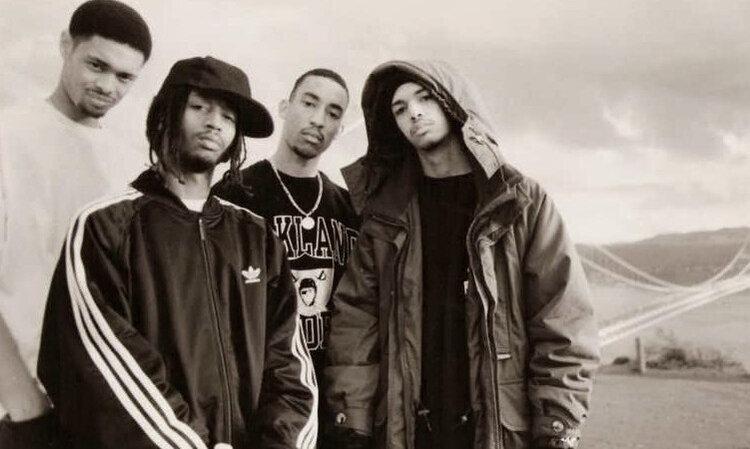COURTESY // Sonoma State
Have you ever wondered how rap roots from certain regions have evolved into what’s known as ‘modern-day’ rap? Multi-dimensional artist and director Shomari Smith went in-depth about these roots in the screening of his documentary “93 Til Infinity: The Souls of Mischief”.
What brought upon the ideas of this documentary, what rap means to the Black community, and the editing process of the documentary itself were a few of the topics covered in this Q&A.
Smith explained his thought process behind producing this documentary and went deeper into what he believes is missing in music groups and artists in modern-day rap. He also provided impactful statements connected to the black community on the creativity of 90’s rap beats and lyrics evolution to the present day.
This documentary centers around the Group Souls Of Mischief and their hit album, 93 Till Infinity. Aiming to represent Oakland as the true ‘melting pot of diversity’ that it is, this documentary displays Bay Area rap in a positive light. Smith also notes that rap “reflects a lot of different sounds, and the Souls of Mischief are known as an elite sector of that Bay Area sound.” Aiming to represent Oakland as the true ‘melting pot of diversity’ that it is, this documentary displays Bay Area rap in a positive light. Smith also notes that rap “reflects a lot of different sounds, and the Souls of Mischief are known as an elite sector of that Bay Area sound.” Growing up in communities filled with gun violence, this group reflects on going through a time experiencing violence in their communities every day. Ingrained in this group’s daily lives, their songs were a reflection of getting through violent days in their own communities and growing up together in Oakland. As an established rap group, the Souls are well aware that music doesn’t always reach out to all audiences. Shomari Smith responds to inquiries during the Q&A, comparing modern rap to how it was received in the ‘90s, stating that “it’s all about what we decide to expect. We need all of these images to be well-rounded, so we can have a space for more types of different approaches to the music.” He continues to explain that most artists tend to take mimics and mirror a style of music that fans can gravitate to. Ultimately, he concludes by stating that there are more ideas to be explored outside of mainstream hits. Patrick Johnson, co-host of the Q&A, notes that “sometimes people have to make the decision of wanting mass appeal or wanting an audience,” and this is the main question that will be left with the audience after this film showing.
With the documentary originally being released in 2013, it aims to celebrate the 20th anniversary of the Souls’ debut album, walking listeners through each one of their songs and the nostalgia that they bring. Following the documentary, the main takeaways involve not letting a record label change their image, as well as keeping the ‘purest form of rap’ intact for listeners. Smith also goes on to explain how the Souls pioneered their own record label, all while preserving their own musical style, stating that “it’s a huge thing that these 18-year-old young men, demanded by a publisher, will not retain Jives record label publishing their music…It’s incredible what the Souls of Mischief were able to accomplish under this record label, especially as they were the only group to come out of Jives.” Smith makes clear the benefits reaped from maintaining Souls Of Mischief record rights as they were able to claim their own music. Their music rights are now used to their own liking and they can control where the music has an output to audiences across the world. Their music is still upheld in a positive light for its unique blend of hip hop beats and lyrics and is ultimately enjoyed and celebrated to this day.





































